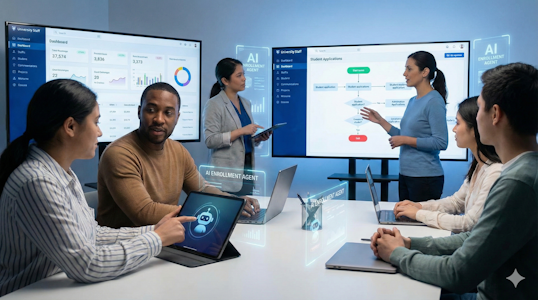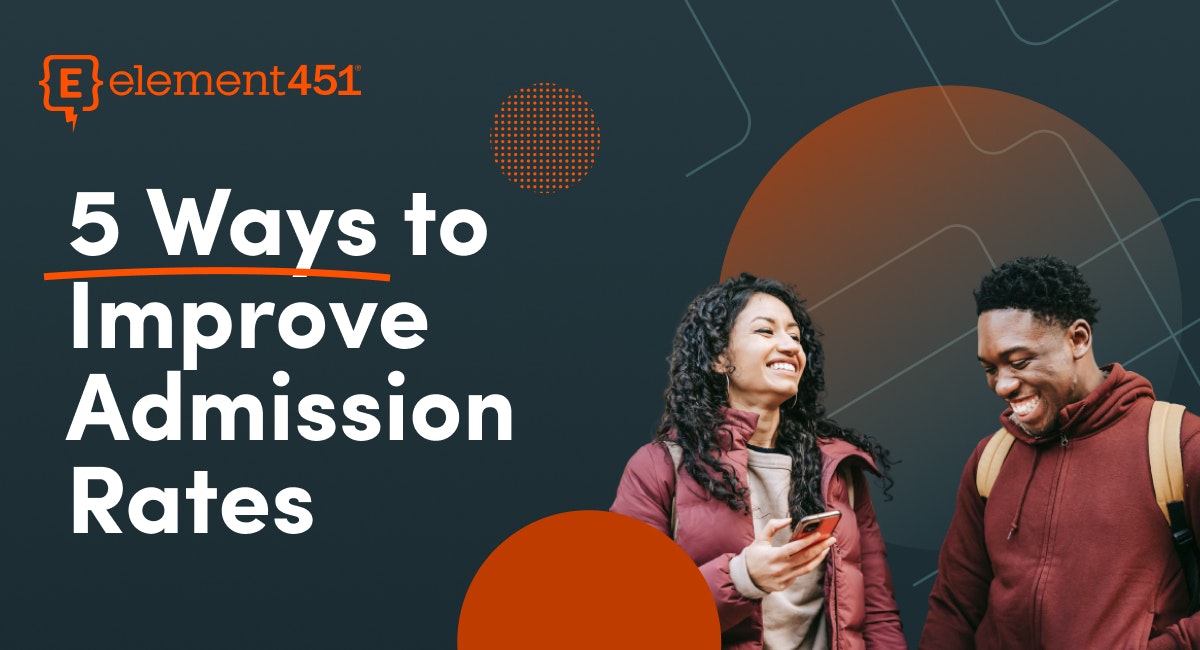How to Personalize Your Student Recruitment
by Sirley Carballo · Updated Mar 23, 2023

Personalization in Student Recruiting—Your Roadmap to Optimal Student Messaging
Connecting with today’s students on a deeper level is more important than ever. The truth is—the process of building these relationships successfully can feel like an uphill battle in a rocky, competitive higher ed landscape.
Colleges and universities of all sizes are competing for valuable face time and attention, but many institutions aren’t equipped with the right marketing tools to overcome those challenges. Student personalization is one way to produce results, particularly as school marketing teams strive to improve recruitment, admissions, and retention.
But is personalization just a fancy buzzword in today’s digitized education world? We don’t think so. At Element451, we believe that personalization is the critical key to any high-performing recruiting or student engagement plan.
In this article, we’ll share an inside look at the value of personalization in the college recruitment process and how you can start implementing it to attract and enroll more prospective students.
What is Personalization in Student Recruitment?
Student personalization (in a higher education context) is the process of creating unique and student-forward marketing materials to generate interest in a particular institution. In contrast to a “mass market” approach in which quantity is most important, personalization looks at the quality of messages being delivered and determines how a student feels about them.
Let’s reframe this approach. In a business context, personalization means “offering customers tailored experiences that keep them engaged.” It’s easy to see why (and how) this approach to consumers also relates to student communications.
Personalization relies on strong, trustworthy data to create and deliver the right messages, to your target audience, in a timely way. School personnel must have a centralized source of truth that they can trust in order to create international materials that answer students’ questions, concerns, and expectations.
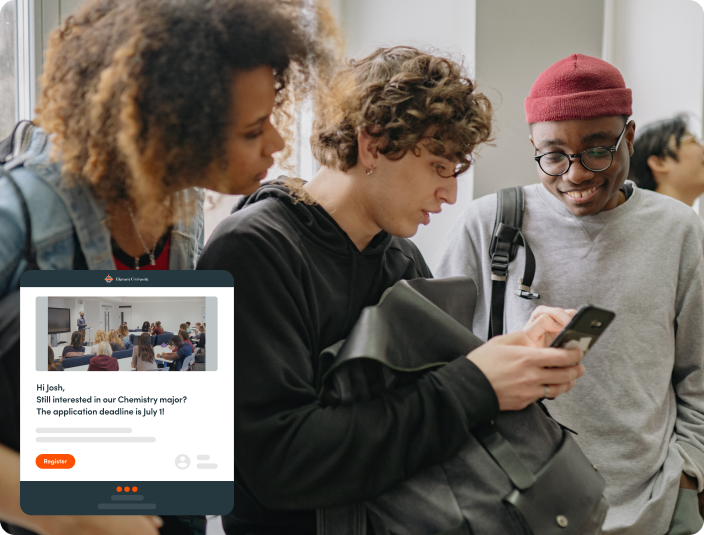
Get a Demo of Element451
Students want on-demand digital experiences and digital native touchpoints across the student journey. They want every message personalized for their unique needs. Do it all with Element451, the only higher-ed focused CRM.
See it in Action
Advantages to Using Personalization to Engage Prospective Students
Most colleges and universities continually want to boost enrollment numbers. This goal includes the initial outreach as well as application and enrollment steps. Personalization offers numerous benefits that help schools achieve these goals.
- Competitive differentiation – Students have plenty of choices, from community school and two-year programs, to highly competitive private institutions. At any one time, thousands of schools are vying for attention with similar audiences. Personalization is key to persuasive and motivational branding.
- Diversity and inclusion – With more personalized communication, schools can engage any person that expresses interest. This is a powerful tool for diversity, since schools can connect with learners who have diverse backgrounds.
- Correlation to retention – When students make decisions based on solid facts, they may be more likely to persist. Personalization helps students arrive at the best choice for their needs, based on clear and honest information about what to expect.
Possible Challenges to Overcome
As is true for any kind of marketing solution, personalization isn’t a magic wand that immediately resolves every enrollment issue for higher education institutions. School marketers must stay mindful and proactive when managing concerns.
- Student privacy protections – Personalization can take place with basic information provided by students, but schools must use and leverage this data carefully. Misusing personal data could contribute to broken trust and compliance problems.
- Need for active participation – Personalizing marketing campaigns isn’t a “set it and forget it” recruiting model. Expect to leverage internal resources fully in order to create a student-focused marketing model that works for the long run.
How to Personalize the Recruiting Journey—Start to Finish
Your roadmap to a personalized recruiting process starts whenever you’re ready to take the leap. Your school’s marketing team might even have the core components already in place.
But now, it’s time to put those components together in a way that allows you to deliver impressive value for students.
Gather Reliable Student Recruitment Data
The first piece of the personalization puzzle is student data. How can you expand the collection of data at your college or university? If possible, it’s best to gather student information through multiple touchpoints along the journey, including inquiry, application, admissions, and post-enrollment.
Data collection is also enhanced by smart platforms or CRM software tools that make the process secure and simple. When you store student responses in a centralized place, you’ll be more ready to use these data points for marketing impact.
Qualitative data is also most beneficial when it’s collected in a variety of ways. Think about the use of forms, surveys, student-led interviews, and online feedback in order to build your personalization playbook.
Use Targeted Outreach Messaging
Recruiting content needs a personalized touch to reach future students. This is the thought and process behind targeted outreach messaging, which simply means delivering tailored messages to the right members of your specific audience.
For example, if you know that a potential student is interested in business programs, deliver information about those specific offerings at your school. Delivering an abundance of vague messages about other types of academic courses might miss the mark, especially if the prospective student knows precisely what they want.
Use this same approach when educating future students on things like campus life, post-graduation opportunities, student support programs, and other aspects of your school that serve as big-time selling points.
Build Customizable Landing Pages for New Inquiries
Another way to personalize the recruiting process is to direct students to specialized landing pages when they request more information (ideally from a visit to your website). Consider the preferences or questions they provide, and then redirect them to helpful content that matches their search.
The possibilities are endless, since you can create as many unique recruitment landing pages for just about any purpose. You might use this approach for the following scenarios.
- Parents requesting info on behalf of their children or dependents
- Incoming undergraduate students
- Transfer students
- International students
- Graduate or postgraduate applicants
- Attendees for virtual tours and events
Depending on your student engagement platform, you may even be able to quickly duplicate existing landing pages and tailor them to new campaigns. This option saves time and effort while allowing you to expand reach.
Generate Personalized Email Campaigns
Email marketing is a convenient and mobile-friendly way to reach students where they are. But to ensure that email campaigns align with your personalization goals, you need fully customizable email templates to reach the right students.
Highly accessible and creative email templates (like the ones you’ll find within Element451), allow you to save valuable resources when it comes to brainstorming and building. As a result, you’ll be able to pour creativity into the personalization process, further enhancing the student experience.
Tips for Success (How to Reach Enrollment Goals)
Once you’re on the path to personalization, you should ensure that your efforts are paying off. The following best practices can help you build a sustainable personalization program.
- Start with a clear strategy – Delivering a personal touch begins when you know your school’s foundational mission and core focus and use those elements effectively. While it’s important to create content that entices potential students, don’t forget that the overall goal is to match your institution’s unique offerings with the student’s specific expectations, goals, and desires.
- Explore creative ways to customize content – Whenever you publish a new piece of content, think about how you could personalize it. Releasing a video to a broad student audience? Pare it down and send out a more exclusive video snippet to a specific subset of interested students.
- Ask for feedback – If the idea behind personalization is to reach more students with quality content, doesn’t it make sense to survey those students on what they liked? Qualitative information is how you’ll know if your campaigns are resonating with the current generation of students.
- Assess metrics and KPIs – The most successful personalization plans happen when goals and performance metrics are regularly evaluated. Be sure to perform pulse checks on how your personalized campaigns perform.
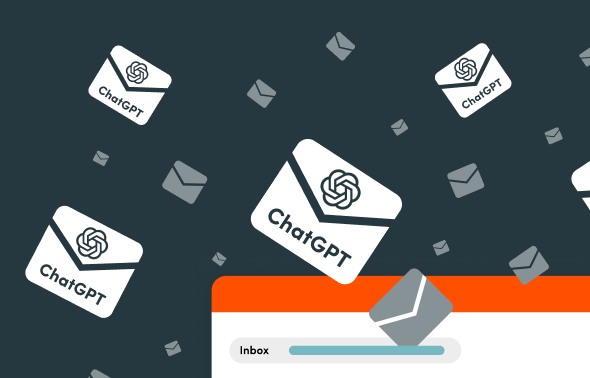
Work Smarter, Not Harder
Get our Practical ChatGPT Prompt Engineering Tips for Higher Education and empower your higher education marketing and enrollment efforts with the cutting-edge capabilities of ChatGPT and AI tools.
Get the Guide
Are There Limitations to Personalizing the Enrollment Process?
There’s no doubt about it—a personalized experience isn’t going away anytime soon. With the digital nature of higher education marketing communication and online advertising, schools need relevant content as a way to stand out and gain a competitive edge.
Although that’s the case (and is likely to remain so), we wouldn’t want you to blindly personalize every marketing asset without a better idea of the full picture. Personalization is effective, but it’s entirely possible to make simple mistakes that could derail your intentions.
Ethical Considerations and Data Privacy Laws
Schools can get caught in sticky situations when they aren’t careful about the use of student data in appropriate ways. Certain legislation, such as the Family Education Rights and Privacy Act (FERPA), regulate how schools contact and share information about students. Personalization plans should always work alongside–not against–these important rules.
Working with a Vetted Provider or Platform
A CRM or marketing platform provider is incredibly helpful for maximizing resources and reducing manual work. When selecting university software, make sure that it has the features, capabilities, and security protocols you need to succeed.
Potential Data Bias
Because personalization often relies on technology and data, certain biases can eventually creep it. When experimenting with new marketing tactics or strategies, check to ensure that you’re not perpetuating bias. This can happen as a result of exclusions (when messages aren’t delivered to specific sets of people), or when you make assumptions without understanding the full picture.
Think Beyond One-Size-Fits-All Student Recruitment
The recruiting playbook is changing. Is your institution set up to keep pace with current trends, or will you instead fall behind as more innovative schools take the lead?
The choice is up to you, but investing in the right methods now will continue to pay off. Prospective and current students alike are banking on personalization to meet their needs and to deliver exceptional experiences throughout the student journey.
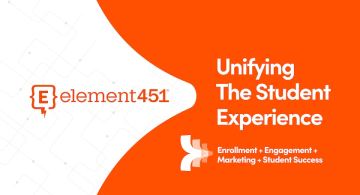
About Element451
Boost enrollment, improve engagement, and support students with an AI workforce built for higher ed. Element451 makes personalization scalable and success repeatable.
Categories
New Blog Posts
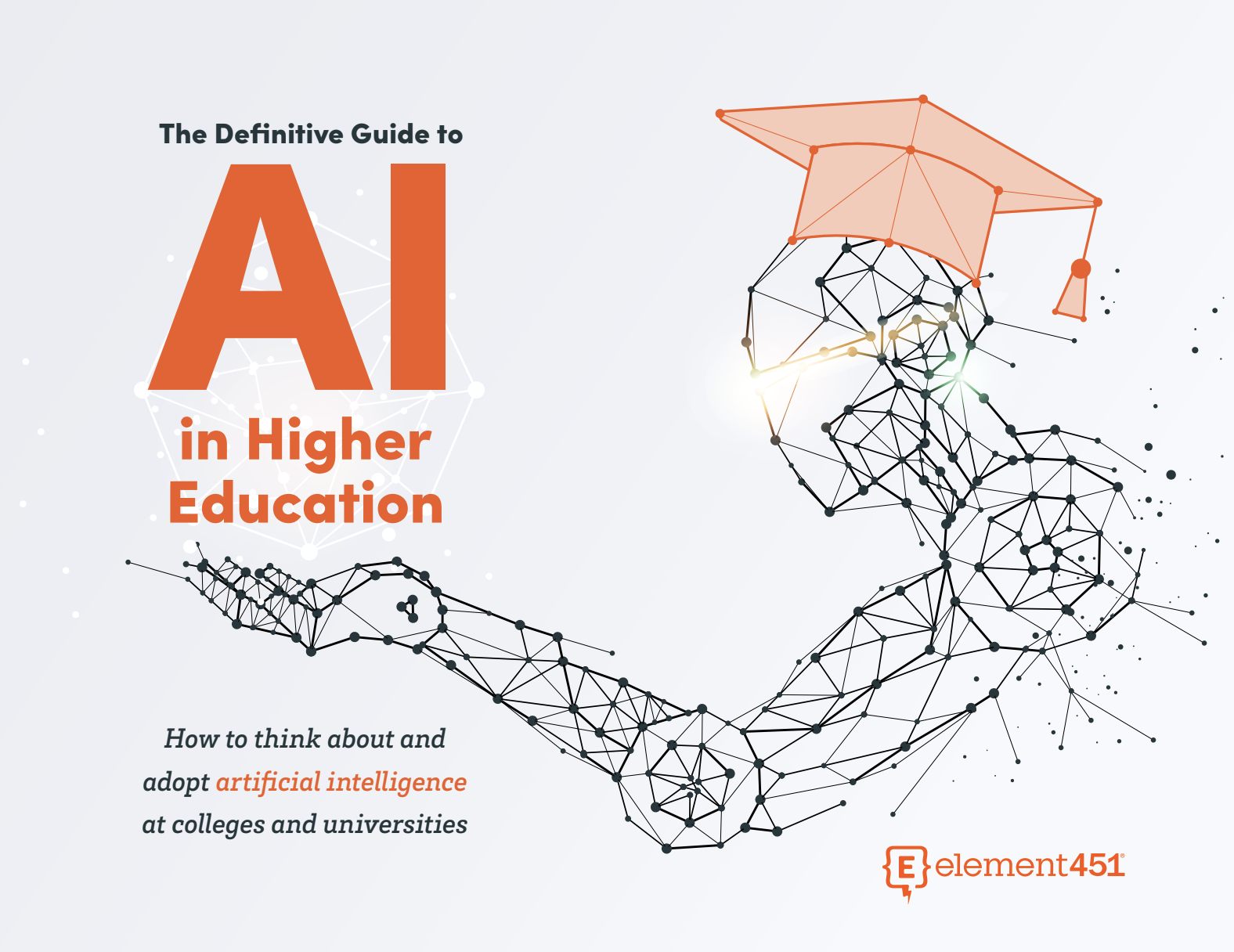
The Definitive Guide
AI in Higher Education
Bridge the gap between the latest tech advancements and your institution's success.
Useful Links
Related Articles

Talk With Us
Element451 is the only AI Workforce Platform for higher education. Our friendly experts are here to help you explore how Element451 can improve outcomes for your school.
Get a Demo



